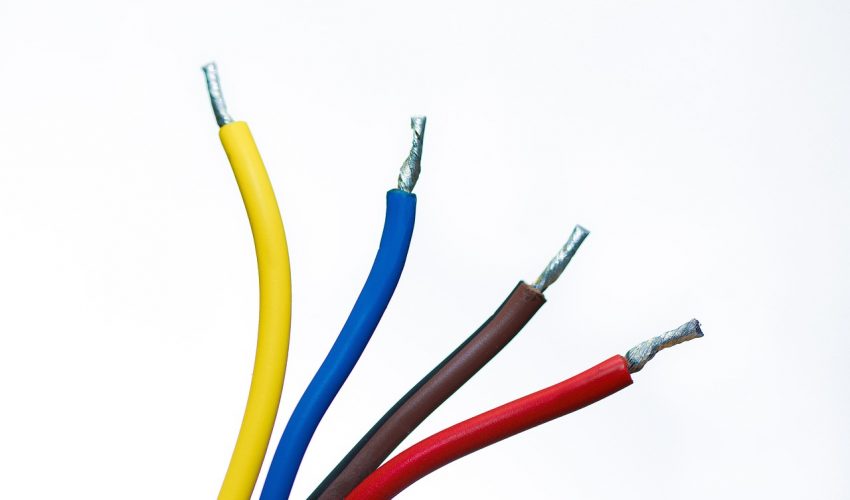In the world of electrical engineering, conductors play a pivotal role in the efficiency and safety of power distribution. Among the various metals employed, copper and aluminum stand out as the dominant materials used in electrical conductors. Each of these metals offers unique properties that cater to different demands in the industry. This detailed exploration will delve into the characteristics, applications, and innovations surrounding copper and aluminum conductors, offering insights that go beyond the conventional comparison.
The Essence of Conductors
Conductors are materials that facilitate the flow of electric current through the movement of electrons. Ideal conductors are typically nonmagnetic metals, which possess attributes like high conductivity, sufficient tensile strength, low weight, and resilience to environmental exposure. The choice of conductor material impacts not only the efficiency of power transmission but also the physical and economic aspects of electrical systems.
Copper Conductors: The Traditional Choice
Historical Context and Properties Copper’s journey as a conductor dates back to the early days of electricity, with pioneers like Benjamin Franklin and Michael Faraday exploiting its superior electrical properties. This metal has not only powered the telegraph, telephone, and electric motor but has also set the global standard in conductivity. According to the International Annealed Copper Standard (IACS) established in 1913, pure annealed copper is benchmarked at 100% IACS, with many modern samples exceeding this standard due to advances in metallurgical processes.
Advantages and Specifications Copper’s preeminence in electrical applications stems from its excellent conductivity, robust tensile strength, and significant thermal properties. These features make it ideal for a wide range of applications, from building wiring to sophisticated electronics and automotive systems. Copper wires meet stringent specifications such as ASTM B3, which covers soft or annealed copper wire for electrical purposes.
Aluminum Conductors: The Lightweight Competitor
Evolution and Composition Aluminum, known for its lightweight and cost-effectiveness, presents a compelling alternative to copper, especially in applications where weight and budget are critical constraints. Comprising 61% of copper’s conductivity and just 30% of its weight, aluminum offers a significant advantage in large-scale and aerial electrical installations. This metal is primarily used in different alloy forms, such as the AA-1350 and AA-8000 series, the latter being developed to address early issues related to connection quality and fire safety in household wiring.
Regulations and Applications Aluminum’s adoption was propelled by the high cost of copper during the 1960s and 1970s, leading to its widespread use in residential wiring. However, its physical differences from copper led to the development of AA-8000 series aluminum alloys, which better mimic copper’s physical properties. These alloys are now specified under ASTM B800 and are the only aluminum conductors approved by the National Electric Code for certain types of electrical installations.
Detailed Comparison and Applications
Copper vs. Aluminum: A Performance Overview When substituting aluminum for copper, it is typical to select an aluminum conductor that is two AWG sizes larger to achieve equivalent performance. Here’s a closer look at the properties comparison based on XHHW-2 cable ratings:
| Property | AA-8000 Series Aluminum | Copper |
|---|---|---|
| AWG size for 60 A at 75°C | 6 | 8 |
| Weight per 1,000 ft. | 39 lb. | 65 lb. |
| Nominal diameter | 0.26 in | 0.23 in |
| Maximum pulling tension | 157 lb. | 132 lb. |
Broader Applications Copper continues to dominate in most electronic cables and residential wiring due to its high conductivity. It’s also favored in power generation and automotive applications. Aluminum, on the other hand, is extensively used for overhead transmission lines in utilities and other applications where its lightweight nature is beneficial, such as in aircraft and potential future uses in automotive frameworks. Additionally, for large coaxial cables, copper-clad aluminum wire combines the conductivity of copper with the weight advantage of aluminum.
Connector Considerations
Connectors for aluminum conductors must be specifically rated for their use to prevent connectivity issues. Such connectors, often suitable for both aluminum and copper, are labeled accordingly (e.g., AL7CU). For soldered connections, copper or tinned copper is preferred due to the difficulty of soldering aluminum.
Forward-Looking Insights
As we advance in material science and electrical engineering, the debate between copper and aluminum continues to evolve. Innovations in alloy composition and processing may further enhance the capabilities and applications of both metals, potentially changing the landscape of electrical conductor materials.
The choice between copper and aluminum conductors depends on a variety of factors including electrical requirements, environmental conditions, mechanical properties, and economic considerations. Understanding the comprehensive attributes and suitable applications of each can significantly enhance the effectiveness and cost-efficiency of your projects. While copper offers superior conductivity and durability, making it ideal for high-quality, long-lasting installations, aluminum provides a lightweight and cost-effective alternative, especially valuable in large-scale and weight-sensitive applications. By carefully assessing the specific needs of your installation, including load demands, environmental exposure, and budget constraints, you can make a well-informed decision that balances performance, safety, and cost.



